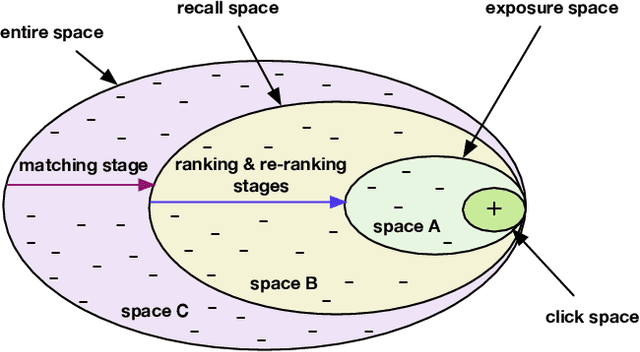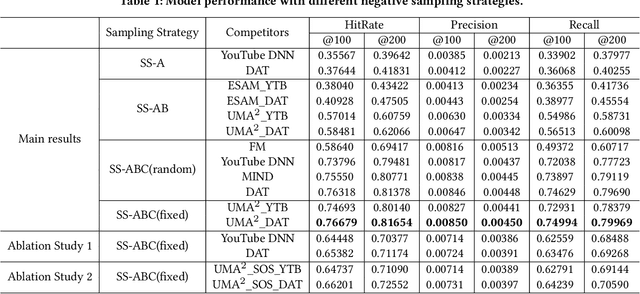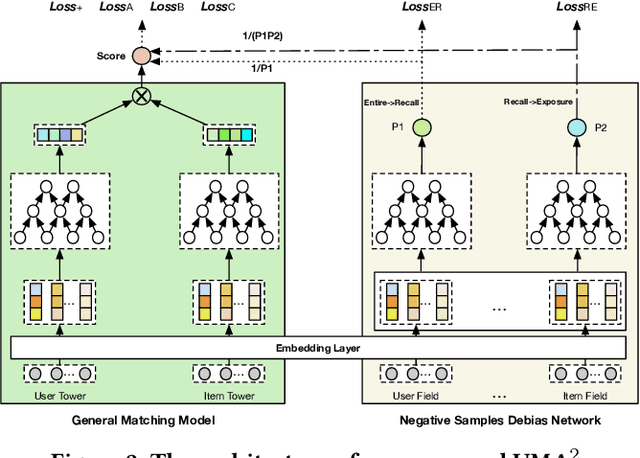Tengfei Yuan
Optimizing Bus Travel: A Novel Approach to Feature Mining with P-KMEANS and P-LDA Algorithms
Dec 04, 2023Abstract:Customizing services for bus travel can bolster its attractiveness, optimize usage, alleviate traffic congestion, and diminish carbon emissions. This potential is realized by harnessing recent advancements in positioning communication facilities, the Internet of Things, and artificial intelligence for feature mining in public transportation. However, the inherent complexities of disorganized and unstructured public transportation data introduce substantial challenges to travel feature extraction. This study presents a bus travel feature extraction method rooted in Point of Interest (POI) data, employing enhanced P-KMENAS and P-LDA algorithms to overcome these limitations. While the KMEANS algorithm adeptly segments passenger travel paths into distinct clusters, its outcomes can be influenced by the initial K value. On the other hand, Latent Dirichlet Allocation (LDA) excels at feature identification and probabilistic interpretations yet encounters difficulties with feature intermingling and nuanced sub-feature interactions. Incorporating the POI dimension enhances our understanding of travel behavior, aligning it more closely with passenger attributes and facilitating easier data analysis. By incorporating POI data, our refined P-KMENAS and P-LDA algorithms grant a holistic insight into travel behaviors and attributes, effectively mitigating the limitations above. Consequently, this POI-centric algorithm effectively amalgamates diverse POI attributes, delineates varied travel contexts, and imparts probabilistic metrics to feature properties. Our method successfully mines the diverse aspects of bus travel, such as age, occupation, gender, sports, cost, safety, and personality traits. It effectively calculates relationships between individual travel behaviors and assigns explanatory and evaluative probabilities to POI labels, thereby enhancing bus travel optimization.
Re-weighting Negative Samples for Model-Agnostic Matching
Jul 06, 2022



Abstract:Recommender Systems (RS), as an efficient tool to discover users' interested items from a very large corpus, has attracted more and more attention from academia and industry. As the initial stage of RS, large-scale matching is fundamental yet challenging. A typical recipe is to learn user and item representations with a two-tower architecture and then calculate the similarity score between both representation vectors, which however still struggles in how to properly deal with negative samples. In this paper, we find that the common practice that randomly sampling negative samples from the entire space and treating them equally is not an optimal choice, since the negative samples from different sub-spaces at different stages have different importance to a matching model. To address this issue, we propose a novel method named Unbiased Model-Agnostic Matching Approach (UMA$^2$). It consists of two basic modules including 1) General Matching Model (GMM), which is model-agnostic and can be implemented as any embedding-based two-tower models; and 2) Negative Samples Debias Network (NSDN), which discriminates negative samples by borrowing the idea of Inverse Propensity Weighting (IPW) and re-weighs the loss in GMM. UMA$^2$ seamlessly integrates these two modules in an end-to-end multi-task learning framework. Extensive experiments on both real-world offline dataset and online A/B test demonstrate its superiority over state-of-the-art methods.
 Add to Chrome
Add to Chrome Add to Firefox
Add to Firefox Add to Edge
Add to Edge